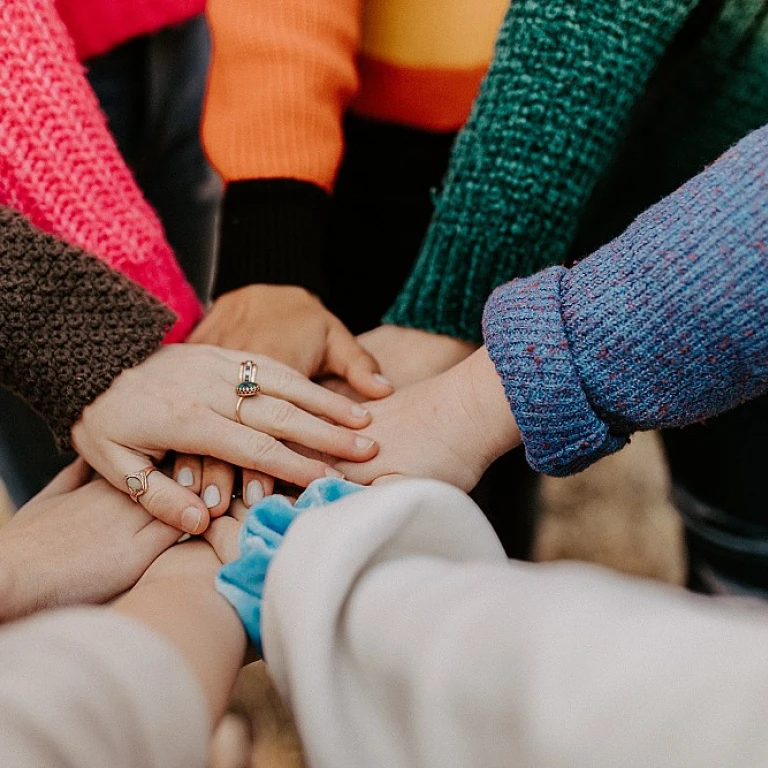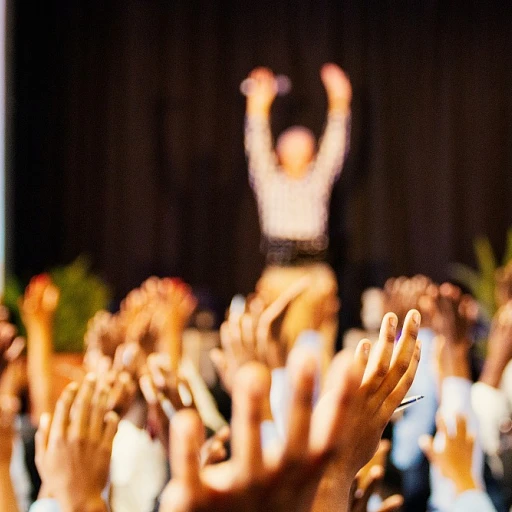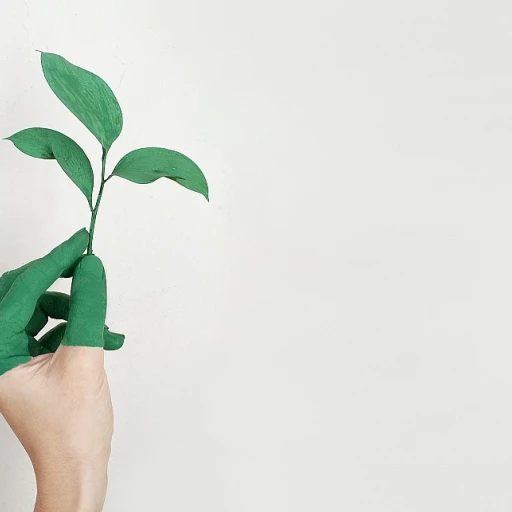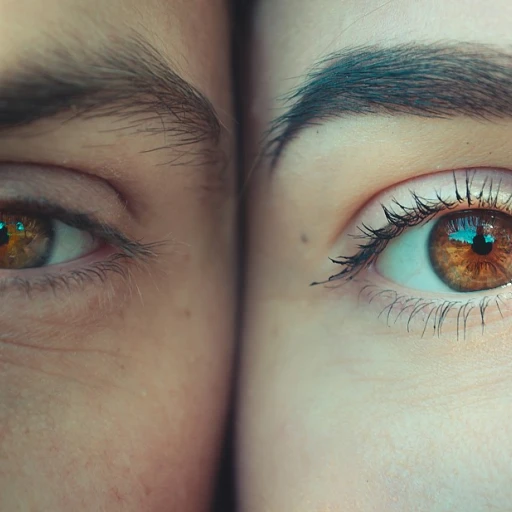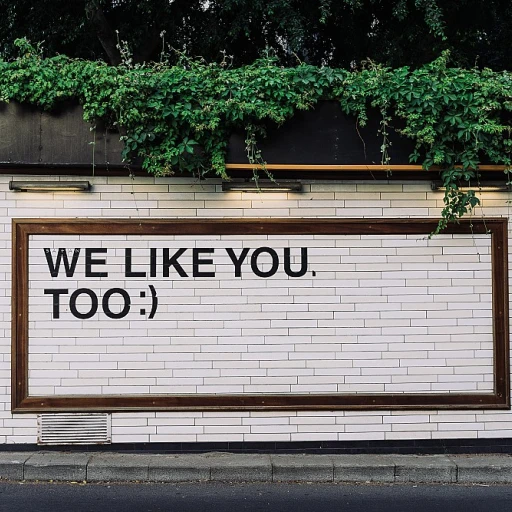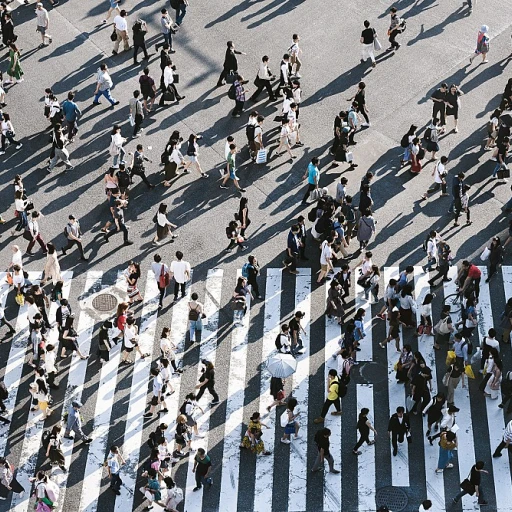Understanding Graphic Facilitation
Unlocking the Power of Imagery in Meetings
Graphic facilitation is a transformative process that leverages the art of visual thinking to enhance meeting productivity. By incorporating visuals into the facilitation process, graphic facilitators help participants see and understand complex ideas in real-time. This method goes beyond traditional meeting facilitation, bringing content to life and encouraging a more engaging and productive environment.
In large group settings, visuals serve as a powerful tool to keep everyone on the same page. Graphic facilitation involves the strategic use of drawings, symbols, and other visual elements to capture and communicate ideas effectively. This approach ensures that all participants remain engaged and can follow the process, even when faced with complicated topics or diverse viewpoints.
Meetings often suffer from wasted time and lack of focus, but utilizing graphic facilitation can change this dynamic. The real-time, visual representation of ideas helps maintain clarity and direction, allowing for more efficient communication. Visuals not only support the exchange of ideas but also aid in memory retention, helping people recall discussions and decisions long after the meeting has concluded.
Understanding the role of visuals in meetings is crucial for any facilitator aiming to foster effective communication and collaboration. The use of graphics in meeting design is not a mere display, but a vital facilitation technique that aids in the clear expression of thoughts and enhances the overall meeting experience for all involved.
Interested in learning more about the roles and responsibilities in change management communications planning? Visit our detailed guide on communications planning.
The Role of Visuals in Change Management
The Power of Visual Representation in Driving Change
Utilizing visuals in change management is like wielding a powerful tool that speaks directly to the core of human understanding. Facilitating a meeting with graphic facilitation introduces a dynamic way to engage participants and inject life into complex ideas, making them more digestible and relatable. With visuals, a skilled graphic facilitator can transform intricate content into something participants can easily connect with.
Through strategic meeting facilitation, visuals guide the process by helping people see the interconnectedness of ideas. This approach transforms the meeting into a productive team exercise, where every member can visualize outcomes and contribute meaningfully. Graphic recordings and drawings created in real time provide a mnemonic device, anchoring discussions in memory and driving collaboration.
Meeting design that incorporates visual thinking ensures that ideas flow seamlessly. Visual facilitation techniques are not just about aesthetics but a way to improve the understanding and retention of key points discussed. Meeting recordings supplemented with explainer videos further clarify content, amplifying the impact of visuals over traditional text-heavy methods.
As a technique, graphic facilitation turns meetings into engaging endeavors where even large group sessions become more manageable. Participants can watch their contributions take shape in visual forms, which fosters a deeper connection to the process and outcomes. If you're interested in further enhancing communication strategies within change management, check out this guide to crafting a winning communication strategy for change management.
Implementing Graphic Facilitation in Meetings
Harnessing the Power of Graphics for Productive Meetings
Implementing graphic facilitation in meetings is an art that combines visuals with strategic facilitation techniques. This approach helps participants engage more effectively, facilitating the transformation of complex ideas into clear, actionable outcomes. To begin, it's essential to incorporate visuals into your meeting process. By utilizing tools such as drawing skills, graphic facilitators can capture the flow of ideas in real time, allowing everyone in the group to visualize the meeting's content. This not only keeps the participants' attention but also stimulates visual thinking, paving the way for more productive team discussions. Graphic recording is another method that can elevate a meeting's impact. By documenting ideas visually during the meeting, graphic facilitators ensure that crucial concepts are preserved and later can be reviewed by participants. This makes it easier for team members to follow the train of thought and revisit previous discussions, thereby enhancing retention and understanding. Meeting design is crucial when embedding graphic facilitation for effective outcomes. Organizing the meeting's flow to incorporate visual elements can lead to more engaging and time-efficient sessions. Whether it's a large group or a smaller team meeting, visuals can often bring life to ideas that otherwise might remain stagnant. Creating a facilitation graphic might also involve using modern technologies, such as explainer videos or video recording tools. This blend of digital tools with traditional drawing techniques can further enhance the meeting environment, making it more engaging and interactive for all involved. Incorporating these practices not only assists in clarifying complex ideas but also contributes to a productive meeting atmosphere. Graphic facilitation is a methodological approach that when implemented effectively, supports the entire group's understanding and action. If you're interested in detailed strategies on meeting facilitation, explore more insights on navigating the challenges of implementing a document management system. These resources are essential in fostering an environment where ideas can flourish and action plans are successfully developed.Case Studies: Success Stories
Real-Life Stories of Graphic Facilitation Success
Graphic facilitation has proven to be a transformative tool in numerous settings, turning typical meetings into engaging experiences that foster creativity and collaboration. Let's delve into a few case studies where graphic facilitation has been effectively utilized to enhance productivity and communication. One organization faced the challenge of aligning a large group of employees around a new strategic direction. Using graphic facilitation, they were able to visualize complex ideas into clear and structured content that everyone could comprehend and discuss. Graphic facilitators employed visual thinking and design skills to capture key insights and real-time discussions, making intricate topics accessible and promoting group understanding and alignment. Another example comes from a team that integrated visuals into their meeting facilitation process to tackle a particularly challenging project. By incorporating graphic recording, the team created a shared visual narrative that helped participants see the big picture and maintain focus on the end goals. The process not only engaged people more deeply but also allowed the ideas generated to come to life in new and innovative ways. In yet another case, a global company used visual facilitation techniques to bridge cultural and language barriers in international meetings. The combination of drawings, symbols, and strategic use of video recordings was instrumental in ensuring that every participant, regardless of their native language, could follow the meeting's flow and contribute meaningfully. These examples demonstrate that when graphic facilitation is effectively applied, it can significantly enhance the productivity of meetings by making the process more inclusive, interactive, and insightful. Whether it's about forming a productive team or exploring new ideas within a facilitation meeting, the impact of graphic facilitation can be profound, leading to successful outcomes and stronger group dynamics.Challenges and Solutions
Overcoming Common Obstacles in Graphic Facilitation
Incorporating graphic facilitation into a meeting process can be transformative but not without its hurdles. Facilitators may encounter several challenges that could hinder the smooth running of a session. Here are some common obstacles and strategies for resolving them effectively:- Engaging All Participants: Maintaining engagement, especially in large groups, can be demanding. A graphic facilitator should use visuals creatively to capture attention and keep participants involved. Interactive activities and visual tools like drawing can help make the process more engaging.
- Complex Content: Breaking down complex ideas into simpler visuals is a skill that needs honing. Graphic facilitators should aim to design visuals that distill the essential content without oversimplifying it. This helps in making information more digestible for everyone.
- Lack of Drawing Skills: Some facilitators might feel limited by their drawing abilities. It's important to remember that graphic facilitation is not about artistic precision but about effective communication. Practice and the use of digital tools can significantly enhance this skill.
- Technical Difficulties: When deploying technology in meetings, glitches are not uncommon. Having basic troubleshooting knowledge and backup plans in place can help minimize disruptions. This ensures the facilitation process continues smoothly.
- Time Constraints: Facilitators often struggle with fitting everything into a set amount of time. Effective meeting design and planning ahead can help in maximizing productivity without overwhelming the participants.
- Recording and Preservation: Essential insights can be lost if not properly recorded. Utilizing graphic recordings or explainer video techniques ensures that ideas are captured comprehensively for future reference.
Tools and Resources
Graphic Facilitation Tools to Enhance Meeting Productivity
When venturing into the world of graphic facilitation, having the right tools can significantly enhance the productivity of your meetings. The following resources and methodologies will support engaging visuals, effective facilitation, and productive team interactions:- Digital Graphic Software: Tools like Miro, Canva, and Photoshop offer diverse functionalities to create dynamic visuals that break down complex ideas for participants. These tools support visual facilitation by providing template libraries, drawing capabilities, and real-time collaboration features.
- Traditional Drawing Supplies: Sometimes, nothing beats the simplicity and effectiveness of paper, markers, and colored pencils in face-to-face meetings. Graphic facilitators use these supplies to draft visuals on flip charts or large paper, allowing spontaneous visual thinking.
- Graphic Recording Apps: Utilize apps such as Procreate or Adobe Fresco for graphic recording during meetings. These digital canvases allow facilitators to capture content swiftly and manage it with flexibility, enhancing the meeting process.
- Explainer Videos: Short, engaging videos can bring ideas to life for your group. Platforms like Vyond or Powtoon enable users to create explainer videos to introduce topics, summarize discussions, or archive meeting highlights.
- Recording and Sharing Tools: Consider video conferencing tools like Zoom or Webex that incorporate recording features. The ability to record a meeting visually and audibly is invaluable for participants who need to revisit complex ideas or missed content.
- Engaging Presentation Platforms: Tools such as Prezi or Google Slides make it easier to design fluid, non-linear presentations that attract and maintain attention throughout the facilitation meeting.

